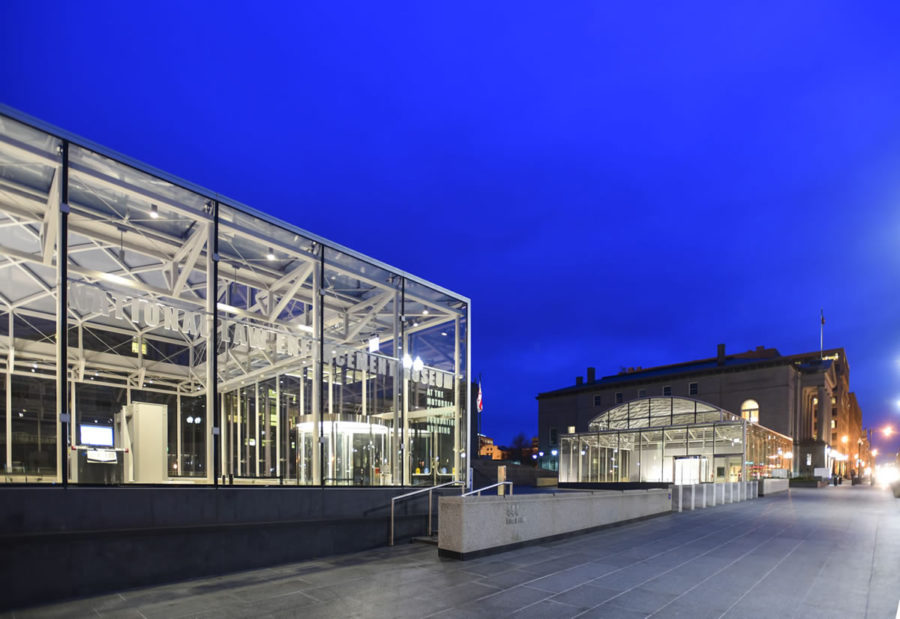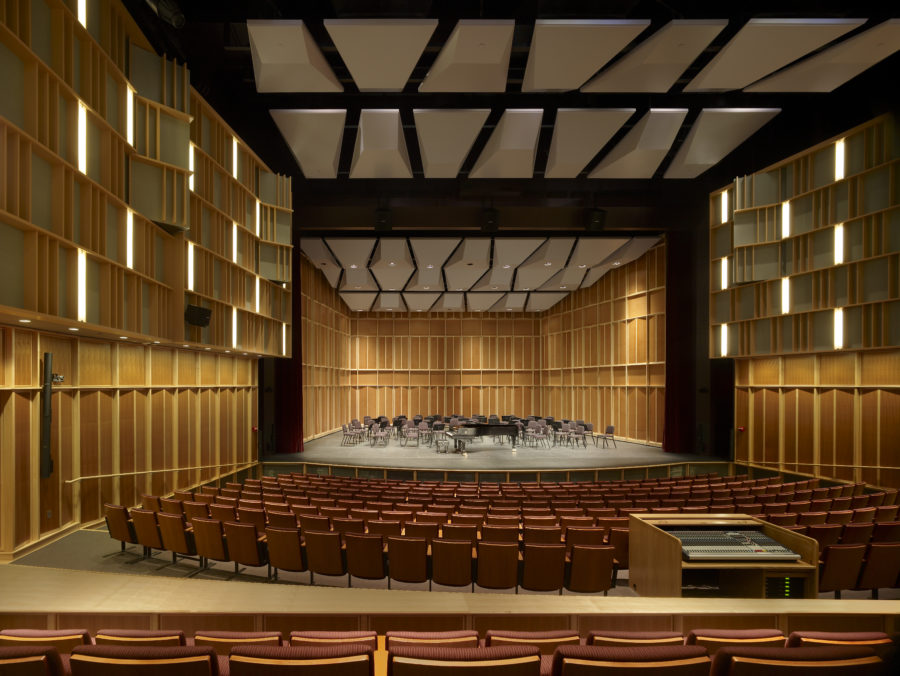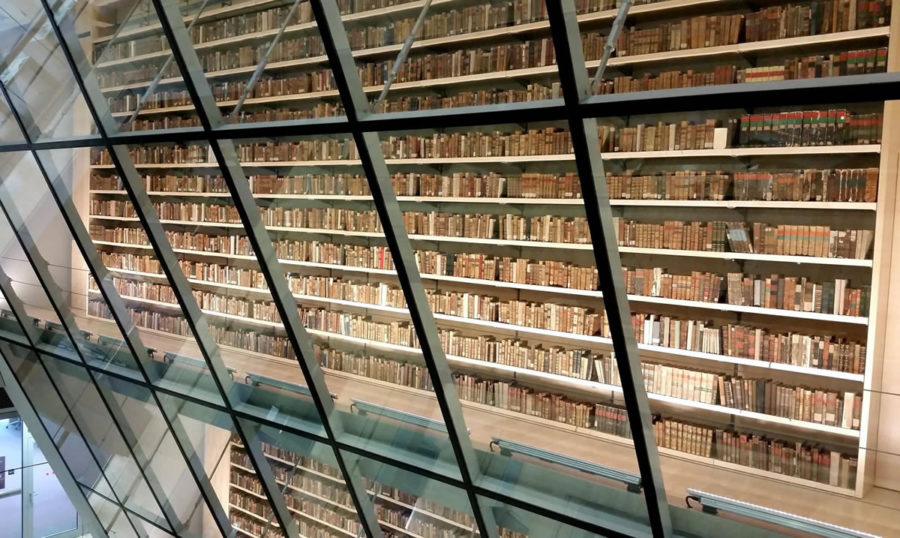
What makes a performance moving? A trip to the museum memorable? A library enlightening? It’s the imperceptibles that enhance the experience, allowing visitors to feel comfortable and to see and hear without obstacle. Working behind the scenes with renowned architects, distinguished curators, exhibit designers, and specialty consultants, Loring’s building systems engineers help create an environment that inspires guests – and keeps them coming back again.
Facilitating the Curator’s Vision
“Designing systems for museums or performance spaces with changing exhibits or multiple venues requires intricate coordination with the museum curator or program director to understand the unique aspects of each space,” says Loring President and COO Mike DesRochers. “The systems often have to satisfy strict design criteria, yet remain flexible and largely invisible to allow the artifacts, artwork or performers to take center stage.”
 The new National Law Enforcement Museum in Washington, DC, slated to open in 2018, is a testament to meticulous planning. Loring provided MEP design services for the 87,000-square foot facility, comprising three subgrade levels of exhibition space, mezzanine, and administrative offices and two above-ground entry pavilions. With wide-open architecture, platform viewing, media walls, and a full-size helicopter that will hang from the ceiling, coordination between all design and construction team members at the outset was essential. One challenge: concealing the connections that power the exhibits. Inspired by the track lighting concept, a runway system will provide channels that can be plugged into any location.
The new National Law Enforcement Museum in Washington, DC, slated to open in 2018, is a testament to meticulous planning. Loring provided MEP design services for the 87,000-square foot facility, comprising three subgrade levels of exhibition space, mezzanine, and administrative offices and two above-ground entry pavilions. With wide-open architecture, platform viewing, media walls, and a full-size helicopter that will hang from the ceiling, coordination between all design and construction team members at the outset was essential. One challenge: concealing the connections that power the exhibits. Inspired by the track lighting concept, a runway system will provide channels that can be plugged into any location.
For the Metropolitan Museum of Art, Loring is currently involved in the design phase for the gut renovation of the British Galleries – where tight tolerances in temperature and humidity are crucial. Recently completed work includes LEED Silver-certified projects for the Cooper Hewitt Smithsonian Museum in New York City and the Weeksville Heritage Center, a museum and cultural center celebrating African American history in Brooklyn. Other notable projects include the U.S. Naval Aviation Museum and IMAX theater in Pensacola, FL, the Dallas Museum of Fine Arts, and the Kemper Museum of Contemporary Art in Kansas City, MO.
 Crowd-pleasing Performance Halls
Crowd-pleasing Performance Halls
The location and distribution of large HVAC equipment away from center stage is strategic in performing arts center (PAC) projects. Thermal control is also a “hot” button for captive audiences: designing a system flexible enough to rapidly adjust from the optimal temperature for a small crowd of 50 to a full house of 5,000. Loring‘s experience engineering systems for PACs include the Swope School of Music/Performing Arts Center at Pennsylvania’s West Chester University, a 3-story, lyrically shaped music school, including a 375-seat proscenium theater and recital hall; Drew University’s 450-seat concert hall in the Dorothy Young Music Wing; and a Broadway-caliber proscenium theater in the Neal-Marshall Black Culture Center at Indiana University.
 The Castle of Light, Latvia
The Castle of Light, Latvia
Dominating the cityscape of Riga, the National Library of Latvia was among the independent nation’s first new cultural institutions, opening its doors in 2014. The 12-story, 500,000-square foot, nearly all-glass ‘crystal mountain’ embodies beloved Latvian folklore, which tells of a castle of light rising along the Daugava River as the people obtain wisdom and overcome the intellectual darkness of wartime and occupation. Of great regional as well as national significance, the high-performance facility is home to one of the oldest and largest collections of European books. Loring’s MEP team developed numerous innovative design solutions to both preserve the institution’s priceless assets and deliver all the modern technology required for a 21st century library, research center, and conference venue.